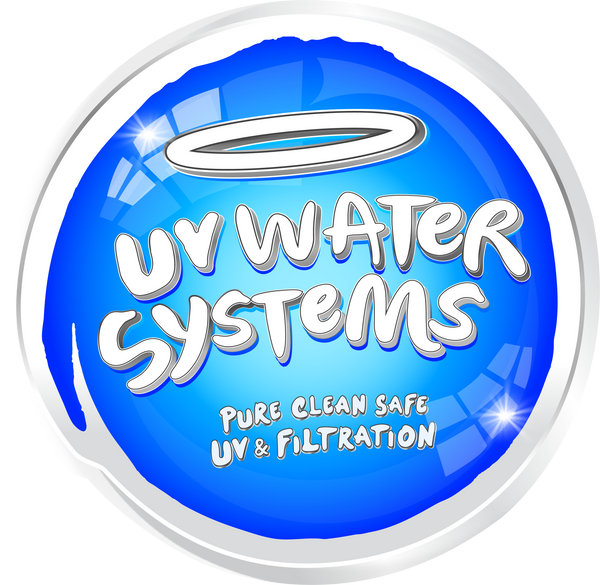When it comes to keeping your water clean and safe, you have options. Two popular methods are UV chambers and chlorine treatment. Many people in New Zealand wonder which one works better.
UV chambers use ultraviolet light to kill harmful bacteria and viruses in water. Chlorine, on the other hand, is a chemical added to water for disinfection. Both have their place, but they work very differently.
How UV Chambers Work
UV chambers contain special lamps that produce ultraviolet light. When water flows through the chamber, this light destroys bacteria, viruses, and other harmful organisms. The process happens instantly as water passes through.
The best part? UV light doesn't add anything to your water. No taste, no smell, no chemicals. Your water comes out clean and pure.
For UV water treatment to work properly, the water must be filtered first. Dirt and sediment block UV light from reaching bacteria. That's why most systems include filters before the UV chamber.
The lamp inside needs replacing every 12 to 18 months. After this time, it loses strength and can't kill bacteria effectively. Regular maintenance keeps your system working well.
How Chlorine Treatment Works
Chlorine kills bacteria by breaking down their cell walls. It's been used for over a century in water purification systems. Many city water supplies in New Zealand use chlorine.
The chemical stays in water after treatment. This means it keeps working even after leaving the treatment facility. That's called residual protection.
However, chlorine has downsides. It creates a distinct taste and smell that many people dislike. Some folks experience skin irritation from chlorinated water, especially in warm conditions.
Comparing the Two Methods
Let's look at how UV chambers and chlorine stack up against each other.
Effectiveness: Both methods kill bacteria and viruses effectively. UV light works instantly during one pass through the chamber. Chlorine takes longer but provides ongoing protection in the water.
Chemical-free vs. chemicals: UV treatment adds nothing to your water. Chlorine is a chemical that remains in your drinking water. Many people prefer avoiding chemicals in their water supply.
Taste and odour: UV-treated water tastes and smells natural. Chlorinated water often has a noticeable chemical taste and smell.
Maintenance needs: UV systems need annual lamp changes and filter replacements. The quartz sleeve inside requires cleaning yearly. Chlorine systems need regular chemical additions and monitoring.
Cost over time: UV systems have higher upfront costs but lower ongoing expenses. You only replace lamps and filters annually. Chlorine requires continuous chemical purchases.
Environmental impact: UV treatment uses electricity but adds no chemicals to water or the environment. Chlorine can affect aquatic life when discharged and creates chemical byproducts.
Which Should You Choose?
For residential and commercial properties in New Zealand, UV water filtration offers clear advantages. It removes the need for chemical treatment while providing effective water sterilization.
UV systems work brilliantly for rainwater tanks, bore water, and stream water sources. They're particularly popular in areas without a town water supply.
Swimming pools present a different situation. While UV helps reduce chemical use, pools still need some chlorine because UV only works while water circulates through the system. When the pump stops, protection stops.
The Bottom Line
UV chambers provide chemical-free water treatment that's effective and environmentally friendly. They require proper setup with filtration and regular maintenance to work correctly.
Chlorine remains useful in certain situations, especially where residual protection matters. But for home drinking water in New Zealand, UV treatment offers cleaner, better-tasting water without chemicals.
The choice depends on your specific needs and water source. Both methods have proven track records for keeping water safe.


